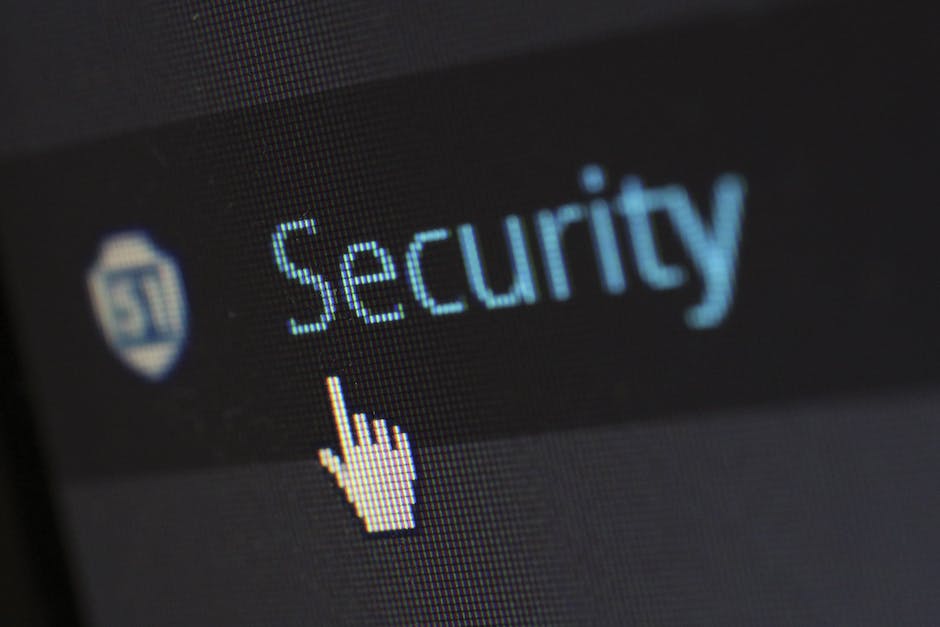[Helpful information related to the current article]
In today’s digital world, email remains one of the most important means of communication. However, ensuring the security of our emails is of utmost importance. With hackers becoming more sophisticated, it’s essential to take steps to protect our sensitive information and maintain confidentiality. How can we do that? Let’s find out in detail in the article below. From choosing strong passwords to using encryption techniques, I’ll tell you exactly how to ensure secure email communication. So, let’s dive in and protect our emails from prying eyes!
Tips for Ensuring Secure Email Communication
1. Use Strong Passwords
One of the first steps you can take to ensure secure email communication is to use strong passwords. Avoid using simple and easily guessable passwords such as your birthday or a common word. Instead, opt for a combination of uppercase and lowercase letters, numbers, and special characters. The more complex your password is, the harder it will be for hackers to crack.
Furthermore, make sure to never reuse passwords across different accounts. If one account gets compromised, using the same password for other accounts puts them at risk as well. Consider using a password management tool to help you generate and securely store complex passwords for all your accounts.
2. Enable Two-Factor Authentication
Two-factor authentication (2FA) provides an extra layer of security for your email accounts. It requires you to provide two different types of identification before accessing your account. This typically involves entering a password and then providing a verification code sent to your mobile device or an authentication app.
Enabling 2FA adds an extra level of protection to your email accounts, making it more difficult for hackers to gain unauthorized access. Choose email providers that offer this feature and diligently set it up for all your email accounts.
3. Be Wary of Phishing Attacks
Phishing attacks are a common method used by hackers to trick users into revealing their sensitive information. These attacks often come in the form of emails that appear to be from a legitimate source, such as a financial institution or a reputable company.
To protect yourself from phishing attacks, be skeptical of any emails asking for personal information or urging you to click on suspicious links. Check the email address of the sender carefully, as hackers often use email addresses that mimic legitimate ones. If you are unsure about the authenticity of an email, contact the sender directly through a verified source, such as their official website or customer support line, to confirm its legitimacy.
Additionally, avoid downloading attachments or clicking on links from unknown or suspicious sources as they may contain malware or viruses that can compromise your email security.
4. Use Encryption Techniques
Encrypting your emails adds an extra layer of security by scrambling the contents of your messages in a way that can only be deciphered by the intended recipient. This prevents unauthorized individuals from intercepting and reading your emails.
There are various encryption techniques available, such as Transport Layer Security (TLS) and Pretty Good Privacy (PGP). TLS encrypts your emails while they are being transmitted between mail servers, ensuring that they cannot be intercepted. PGP, on the other hand, allows you to encrypt emails on an individual basis using public and private key pairs.
Contact your email provider or IT department to find out about the encryption options available to you and how to enable them.
Conclusion
Ensuring secure email communication is paramount in today’s digital world. By following these tips such as using strong passwords, enabling two-factor authentication, being wary of phishing attacks, and using encryption techniques, you can protect your sensitive information and maintain confidentiality.
Remember, taking precautionary measures and staying vigilant when it comes to email security is essential in safeguarding your personal and professional information from prying eyes.
Additional Information
1. Regularly update your email software and operating systems to ensure you have the latest security patches and features.
2. Avoid sending sensitive information, such as passwords or financial details, via email. If you need to share sensitive information, consider using a secure file transfer service or encrypted messaging platforms.
3. Be cautious when accessing your email on public Wi-Fi networks, as they may be insecure and susceptible to attacks. Use a VPN (Virtual Private Network) to encrypt your internet connection and protect your data.
4. Regularly backup your emails and important data. This will help you recover in case of an email security breach or accidental data loss.
5. Educate yourself and your team about email security best practices, such as spotting phishing attempts and avoiding suspicious links or attachments.
[Other information related to this article]
➡️ Secure Communication: Understanding the Power of Asymmetric Key Encryption

